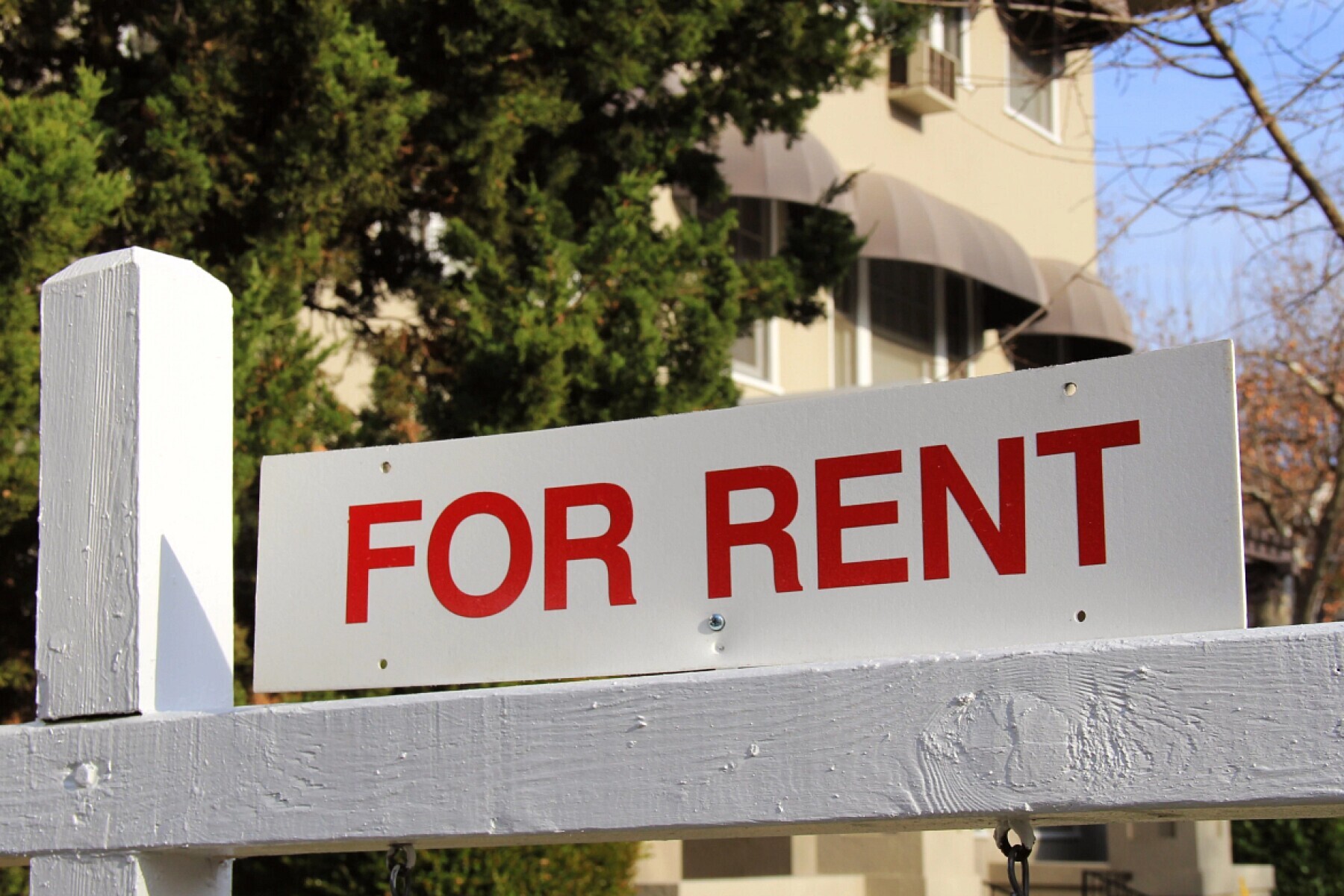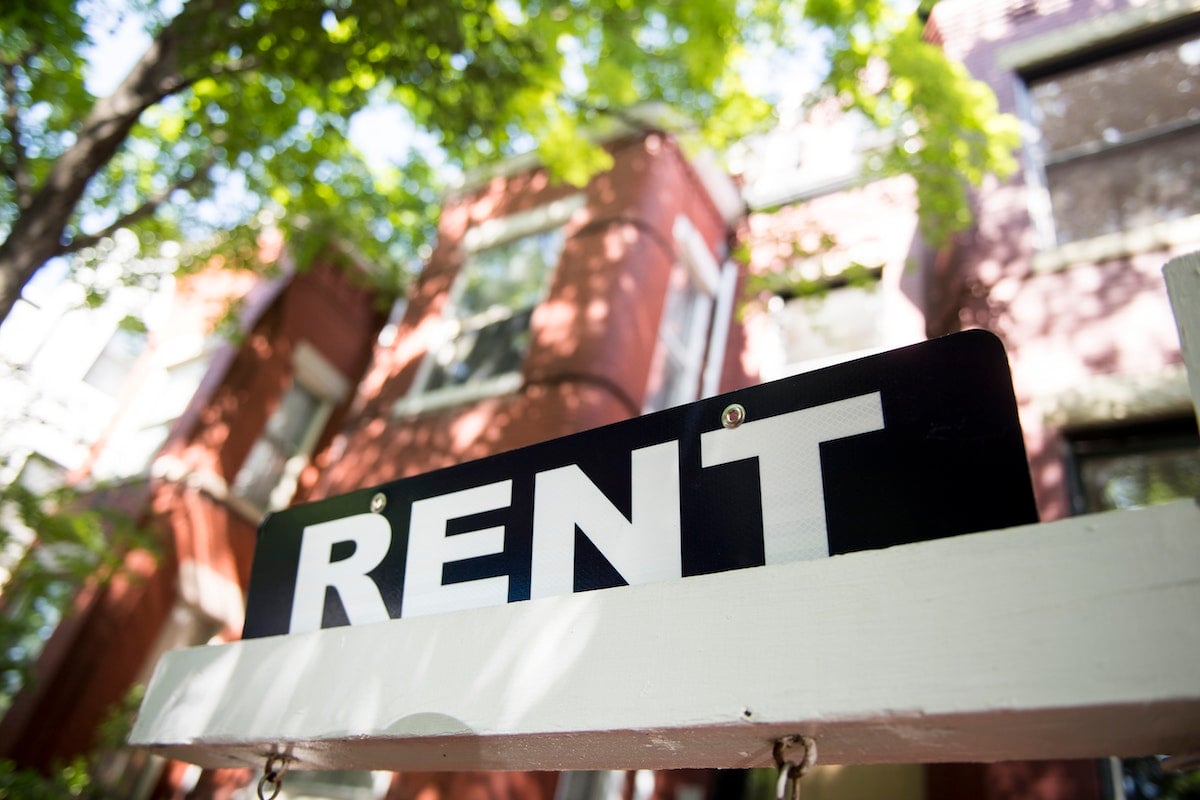Housing affordability has long been a concern, with financial experts advising that individuals shouldn’t allocate more than 25 percent of their income to rent or mortgage payments. However, a significant portion of the population, labeled as “cost-burdened,” exceeds this limit, paying over 30 percent of their income on rent and utilities.
According to a recent study from Harvard’s Joint Center for Housing Studies, in 2022, half of all renters in the U.S. were considered cost-burdened, indicating a widespread struggle to afford housing expenses.
The surge in rental costs experienced in 2021, influenced by the Covid pandemic, began to alleviate in 2022 and continued to do so in 2023. The Harvard report notes that rent growth has nearly halted, partially attributed to increased housing supply from pre-existing construction projects. While the Biden administration did not instigate the rent spike, it also did not play a substantial role in resolving it.

The Worsening Rent Crisis in America (Credits: CoStar)
The persisting issue, as highlighted by the Harvard report, is the longstanding problem of housing affordability, with rent increases outpacing income growth from 2001 to 2020. Median rents grew by 21 percent after inflation, while renters’ incomes only saw a 2 percent increase during the same period.
Families earning $75,000 or more may find the problem manageable, but those earning $45,000 or less face a catastrophic situation, leading to a surge in homelessness.
Liberal policymakers advocate for increasing urban density as a solution to enhance housing affordability. However, the effectiveness of this approach is questionable, as demonstrated by the experience in the District of Columbia. Despite a significant increase in housing units since 2000, median monthly rent more than doubled, revealing the complexities of addressing housing demand through increased supply.
D.C.’s case also points to a potential flaw in relying solely on market forces to create affordable housing. Government intervention may be necessary, as proposed by sociologist Matthew Desmond in his book “Poverty, by America.”
He suggests continuing federal programs like the Emergency Rental Assistance, which provided $46.5 billion during the Covid pandemic. Such interventions helped keep eviction rates low even as rent and inflation rose.
Desmond’s research also indicates that low-income housing market dynamics are problematic, with landlords earning more from renting in poor neighborhoods than in affluent ones.
This counterintuitive finding underscores the need for policies like Section 8 housing vouchers to ensure fair and affordable housing for low-income individuals. However, the eligibility requirements for these programs are stringent, and the limited availability of funds results in only a fraction of eligible individuals receiving assistance.
While there may have been some improvement in low-income housing issues since 2022, data from Desmond’s Eviction Lab at Princeton suggests that evictions have not significantly decreased. The market, even with a tighter labor market, can only achieve so much in improving the lives of the poor, as highlighted by historical accounts like Barbara Ehrenreich’s “Nickel and Dimed.”
























